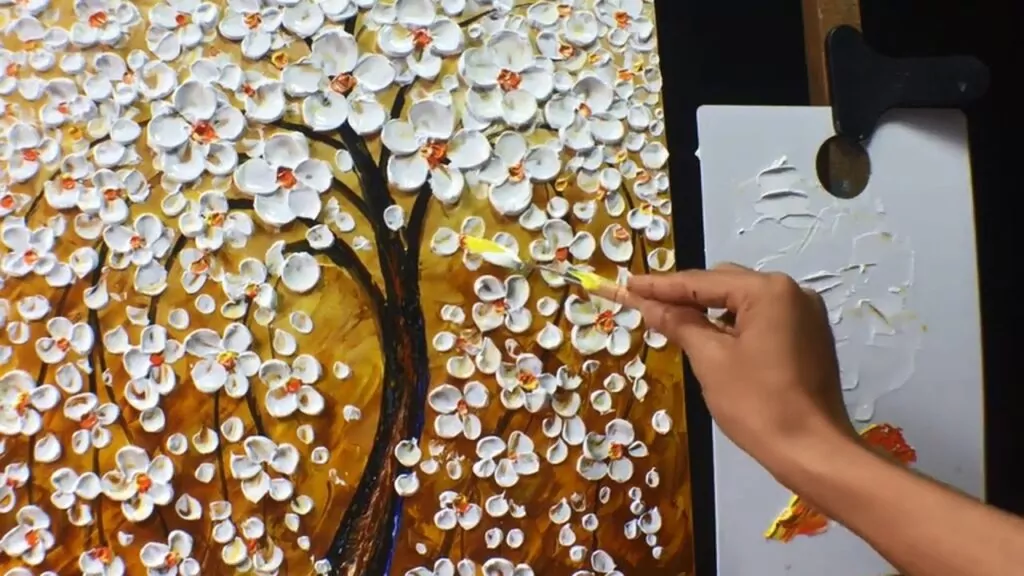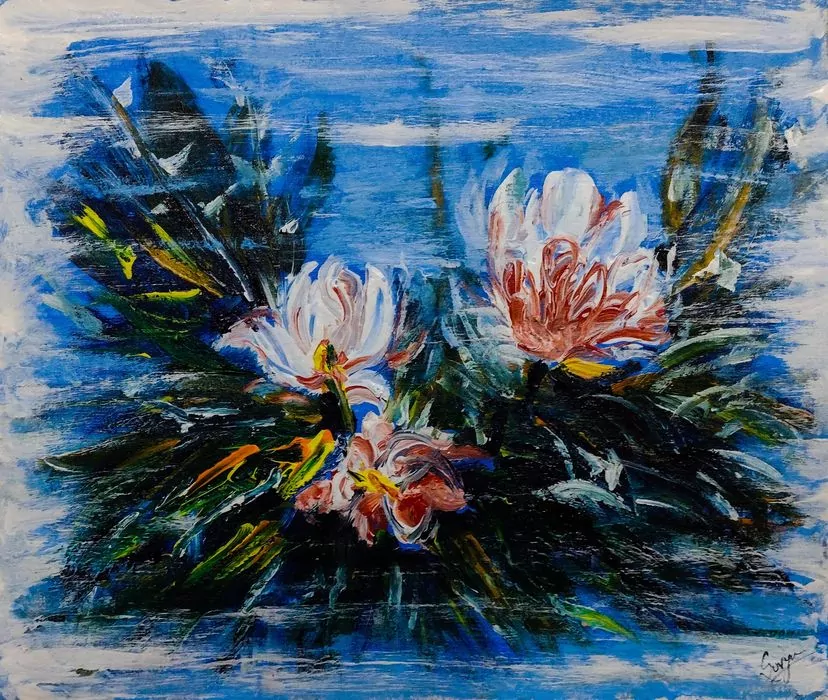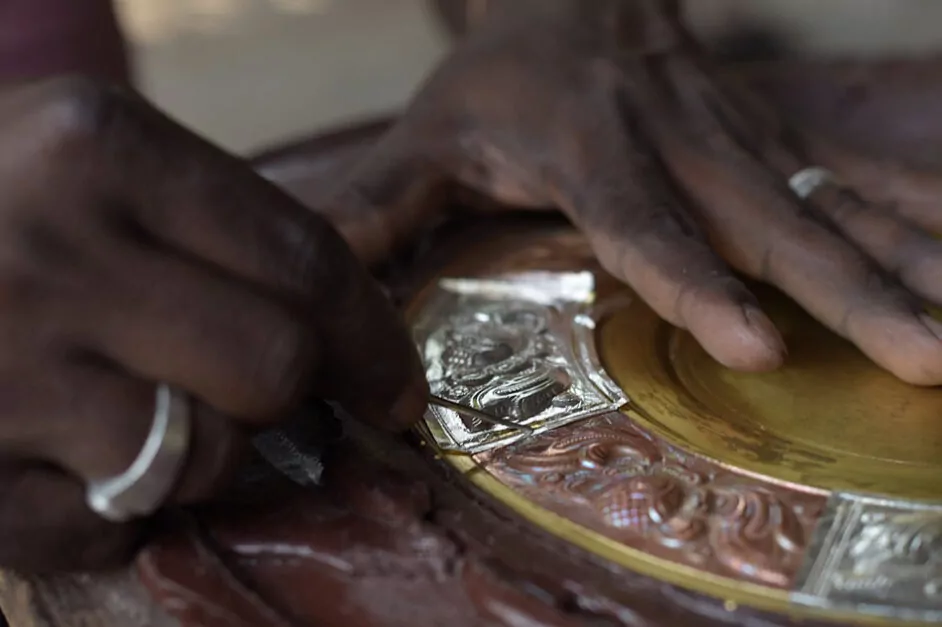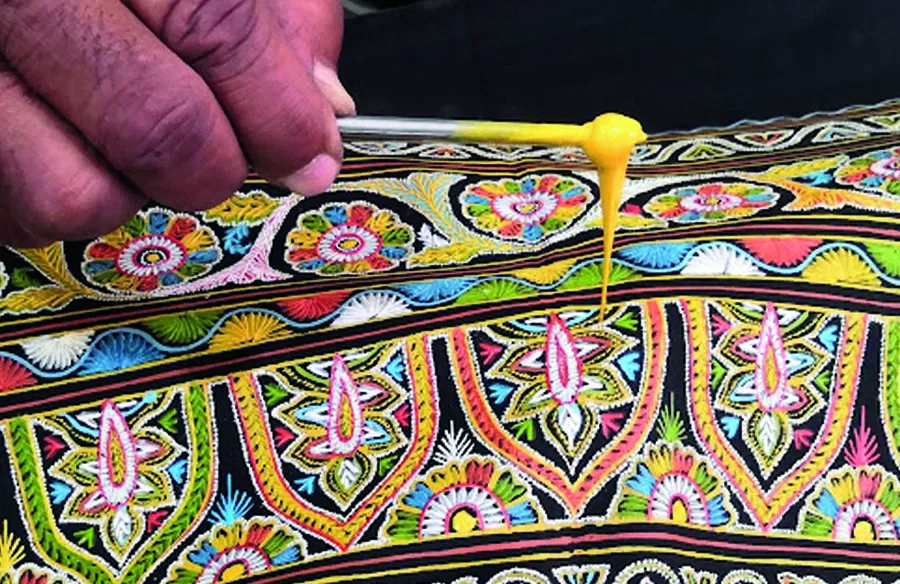Introduction to acrylic painting
Working with acrylic paints can be challenging, they are not like regular watercolours. They can be applied and set onto almost all non-greasy surfaces. There is no doubt that all paints require practice to perfect. So, here is a breakdown of all the do’s and don’ts when it comes to using acrylic colours.
In addition to having a reference or a broad idea of what you wish to recreate, it is important to experiment with your colours and strokes. Versatility is key in your artwork, it helps you discover what styles and techniques suit you and your personality. A signature stroke will develop gradually.
These tips and tricks will hopefully shorten your learning curve and give you a smooth acrylic experience.
Use synthetic brushes for acrylic painting

Acrylics are thick and strong colours that adhere more to broad, harsh brushes than soft bristled brushes. It will not be a challenging feat to find these brushes because they are openly demarcated.
It is also mandatory to use a variety of brushes. Flat brushes can be used to fill in surfaces like to paint a sky or complete a backdrop. However, you can use thinner brushes to add minute details.
Palette knives are an easy alternative to brushes when you require a generous slather of paint in certain areas. It gives a clean finish and a refined look overall.
Paint densely

Acrylic colours are applied in thick and heavy coats for the effect of the paint to be highlighted. It might feel like you are wasting paint, but in the long run it gives a very textured and classy look.
Another trick to remember while acrylic painting is to create wide strokes. There is no harm in changing the direction and course of the brush, since it adds depth and a different perspective to the finished product. Some acrylic colours tend to darken over time, so a good knowledge of colour theory is necessary!
Work fast during acrylic painting

One prominent feature of acrylic paints is the ability to dry up quickly. Hence, an artist must be conscious about the intervals in painting and how the colour looks on the canvas after it has dried.
Practice blending colours on the palette instead of the canvas to prevent making mistakes on the canvas. To allow you an extended time to paint before the acrylic painting dries up, spray a mist of water on the canvas at the start and after every layer of paint.
To learn about the different shades you can achieve by mixing acrylic colours, click here.
Correcting mistakes while acrylic painting

Dealing with acrylic paints requires a lot of patience because your mistakes can be corrected efficiently only at the end. To achieve a seamless, finished look on your work, it is best to save all the changes for later.
Going over the mistake while the paint is fresh can lead to smudging and unwanted darkness in the lighter colours. Your palette is your best friend in this case to judge and predict the colour on your canvas, thereby avoiding mistakes in your final result.
Gesso

Gesso is a white paint mixture that prevents the acrylic painting from absorbing into the canvas. In addition, it stiffens the canvas surface so the paint stays at the top and does not sink. Colour on a gesso canvas provides texture and support to hold the paint while also allowing changes to be made at the end.
Most artists paint one layer of gesso before starting their acrylic painting. However, some add two layers for extra stability in case of a heavy colour load on the canvas. It also adds more texture to their artwork.
To get a beginners guide to watercolour painting, click here
To sum it all up…
Achieving a good acrylic painting can be challenging for beginners. It requires prior knowledge about the colours, the canvas and different brushes. Hopefully, these few tips and tricks offered will help you have a better understanding of acrylic art.
To learn more about art forms, download the rooftop app from Google Play or App Store to stay updated on our upcoming art events and workshops. Stay tuned to rooftop blogs and follow us on @rooftop_app.
By Freya Bulsara




